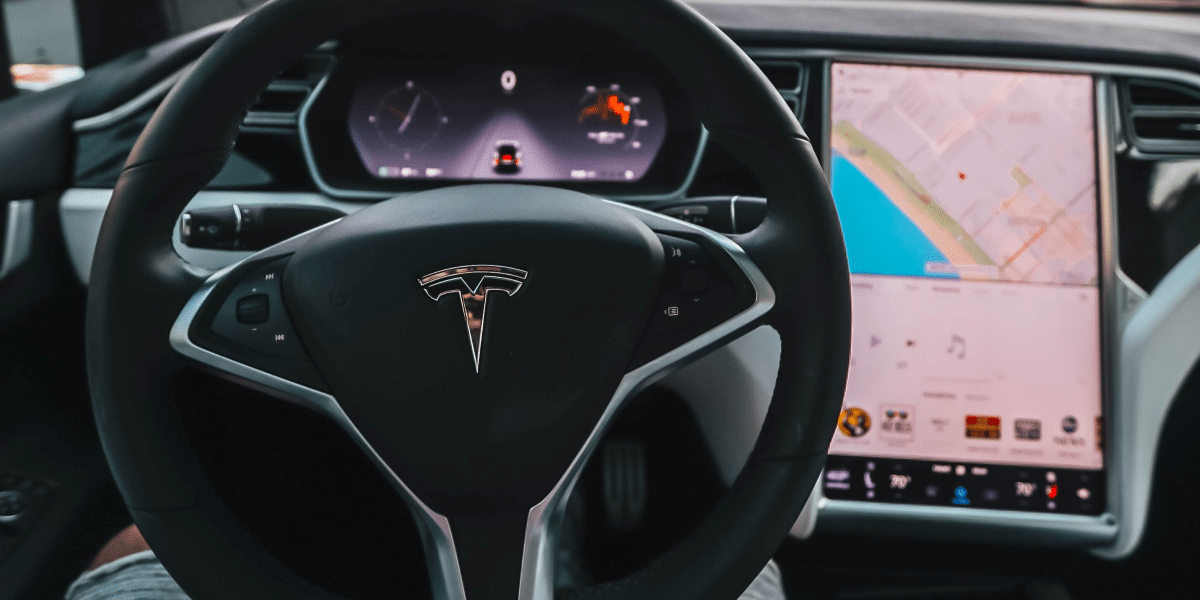Image commercially licensed from: Unsplash
Safety is a top priority in the vehicle industry, hence the development of new safety technologies with every new vehicle that hits the market. However, even the best safety measures won’t be entirely effective if the driver doesn’t know how to utilize them. Bridging the gap between user knowledge and safety features is precisely what driving instruction programs, such as Drivyn, hope to do with new vehicle technologies.
“Drivyn partners Tesla owners with experienced Tesla drivers who serve as advisors, offering instruction on best practices while operating a Tesla vehicle safely,” says Sam Rabinowitz, CEO of Drivyn. “While Tesla does provide basic training on the features of an autopilot-equipped vehicle, time has shown that this rudimentary instruction isn’t sufficient to utilize the technology effectively. Tesla owners are looking to learn more about their vehicles, and our goal is to provide them with that crucial information.”
As Rabinowitz explains, if it takes additional training to learn how to drive a car using a stick shift, why wouldn’t there be additional training on how to use Tesla autopilot technology? Although employing autopilot generally makes driving safer, this is only the case if the driver uses the technology properly and efficiently. In the rare circumstances in which autopilot may require the driver’s full attention, a driver should be required to know how to react in order to best control their vehicle and avoid an accident.
The Tesla Safety Score assessment is a new metric currently in Beta mode for Tesla owners who opt-in. It’s an aggregated measurement of daily safety scores over 30 days, influenced by five factors: forward collision warnings, hard braking, aggressive turning, unsafe following, and forced autopilot disengagement. The Drivyn curriculum will prepare drivers to minimize their risk in all five of Tesla’s safety factors.
Ways to improve your Safety Score
Many have asked why a Tesla driver would want to improve their Safety Score. After all, it is a Beta program that owners must opt into. However, having a high Safety Score is a qualifier for beneficial features, such as the in-demand Full Self-Driving technology. In Beta testing itself, this feature is only available to drivers whose Safety Score is nearly perfect, and future Beta features may follow suit.
Additionally,Tesla rolled out a new insurance package, which is now available in nine states. In eight of those states, the insurance premium is based on real-time driving data. (In California, the insurance is available, but is not yet based on the driver’s Safety Score.) For drivers with a high Safety Score, their insurance premiums will be significantly lower.
“Drivyn’s curriculum aims to help owners become more comfortable behind the wheel of their Tesla vehicles,” Rabinowitz says. “Being more comfortable behind the wheel of your vehicle elevates one’s confidence, resulting in becoming a much safer driver because discomfort leads to several unsafe driving habits, including many of the factors that contribute to Tesla’s Safety Score.”
The Drivyn guarantee
Drivyn offers a guarantee, if the participant’s Safety Score does not improve, they can receive a full refund of the course. This guarantee applies to the beginning course, but can be implemented in advanced courses upon request. As a result, drivers can rest assured that taking Drivyn’s courses will have legitimate results that will not only make them safer on the road, but also offer them financial incentives in the long run.
Drivyn will be participating in the Tesla Owners California Takeover on Saturday, August 6, in San Luis Obispo. There, they will discuss the Drivyn guarantee and how their services can help improve drivers’ Safety Scores.
“Teslas are already known to be among the safest vehicles on the market, but equipping drivers with the skills and training required to maximize their vehicle’s performance will only make the road safer,” Rabinowitz claims.








